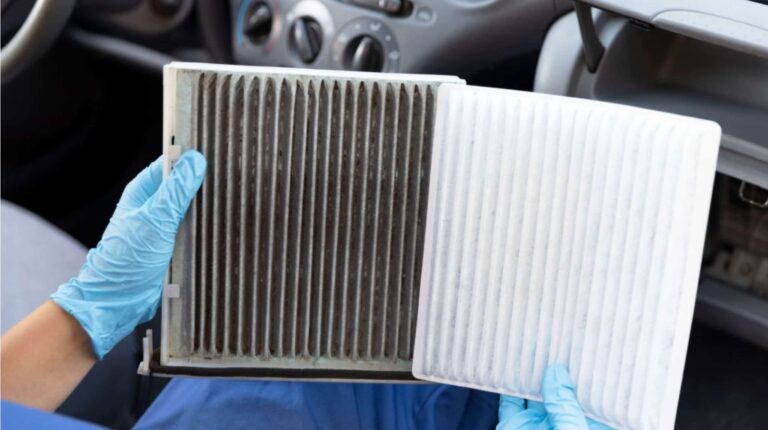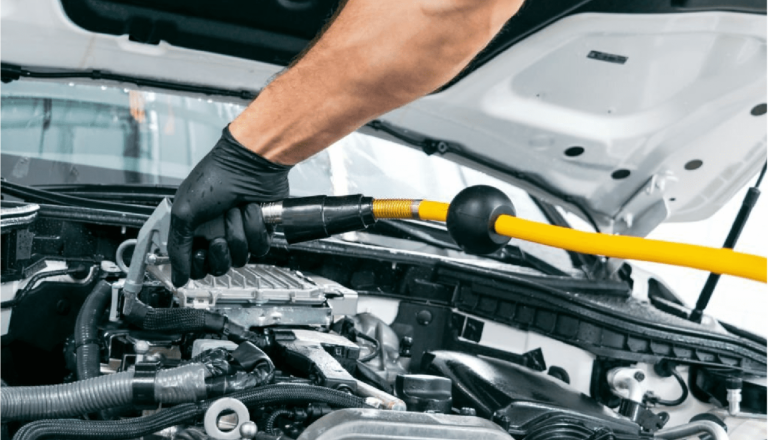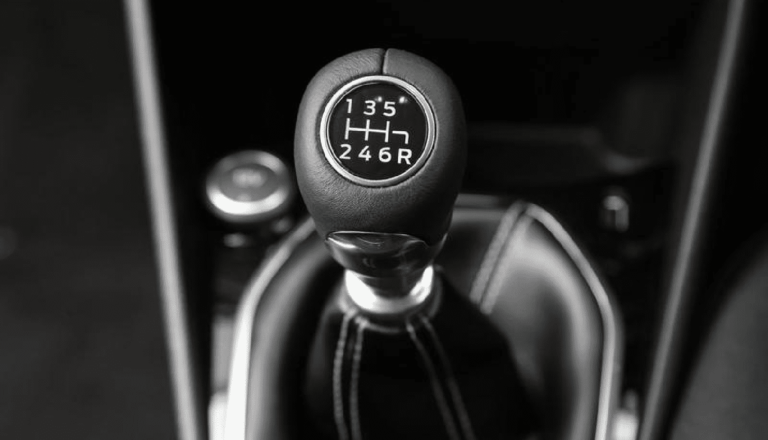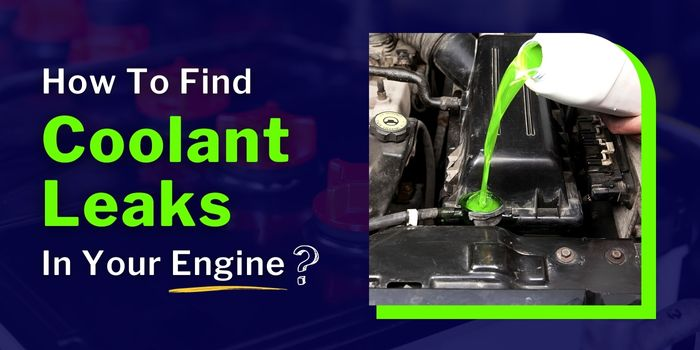
The car’s cooling system is vitally important to its smooth running and overall health. An overheating engine can cause total engine failure and damage to essential components, plus the repairs can be expensive if not fixed early. A coolant leak should be identified as soon it occurs, so you should be aware of the warning signs before it’s too late.
Coolant, also known as antifreeze, is a heat-absorbing fluid that runs under pressure through the engine block to cool it down. A series of pipes run the coolant from the engine to a radiator where excess heat is dissipated to the atmosphere. Coolant leaks can be caused by loose hose clamps, corrosion or rust in the radiator, holes in the connecting pipes or damage to the engine gasket seals. Catch the problem early and you can save a lot in repair costs, labour expenses and time at the service station.
Click here to Learn How An Engine Cooling System Works + Maintenance
Why Coolant Leak?
The coolant or antifreeze has been engineered to maintain your engine at the optimum working temperature, just right for the internal combustion process. If the engine is too cold, it may not be able to sustain combustion, and if it is too hot, the components will get damaged from excess heat.
Antifreeze/coolant’s main components are ethylene glycol, phosphates and silicate (rust inhibitors) and various solvents that maintain the integrity of the fluid at high temperatures. It is mixed with regular water in a 50:50 ratio to keep your engine cool while driving.
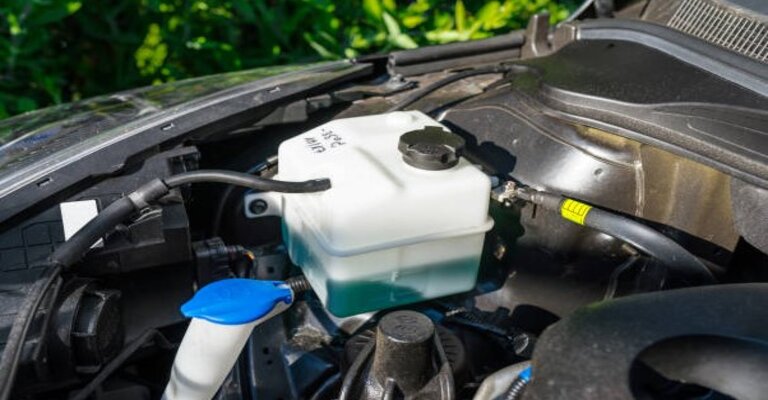
Coolant leaks in the engine occur for several reasons. The main problem area is the radiator which is susceptible to rust and corrosion, due to the small metal tubes in its construction. The hoses connected to the radiator also have a tendency to develop cracks and leaks, especially at the hose clamps that expand and contract often. The engine head gasket seals often wear out and start to leak coolant through tiny gaps, sometimes entering the combustion chamber and oil galleries. If you have been in a front-end collision or take your vehicle off road often, then dirt and debris could possibly puncture the radiator leading to loss of coolant.
Here Checkout How Does The Cooling System In An Engine Work?
As a result, the leaking coolant could cause your engine to overheat or contaminate the lubricating oil. Engine components also get permanently damaged with excessive heat by warping. Let’s look at reasons for coolant leaks in more detail.
Radiator
Although coolant has anti-corrosive properties that inhibit rusting, the thin metal fins do get damaged over time and can develop leaks. You will notice coolant leaks at the front of the radiator, near the drain plug.
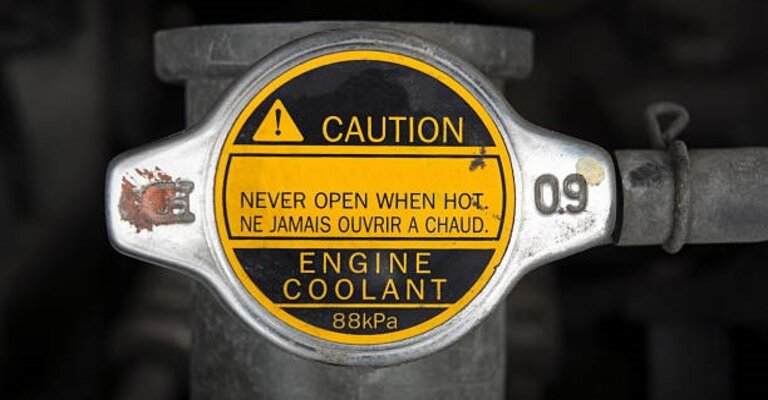
Hose Connections
The coolant flows through various connecting hoses around the engine which are secured by clamps. These points are notorious for springing leaks when they get loose or damaged.
Holes or Cracks in Pipes
It is possible for the hoses to develop cracks or holes through which pressurised coolant can leak. This is usually due to wear and tear.
Heater Core
This component heats the car interior through the HVAC system. A faulty heater core can cause a loss of coolant in the engine.
Head Gasket
The head gasket seals the engine block from the cylinder head. Failure of this seal can cause coolant to enter the combustion chamber and mix with the engine oil, reducing its efficiency.
Also Checkout How To Deal With Car Engines Overheating
How to Stop Coolant Leaks
Finding a coolant leak is quite simple. Look for a puddle of coolant under the parked car, or shine a torch light around the hose pipes, coolant connections or tubes. Inspect the radiator for signs of leaks around the drain plug and connecting hoses. Check the coolant level after a drive to ensure it is not going down too quickly. Coolant leaks when the car is running are common because the fluid is under pressure and is more likely to exit the system to cracks and holes in the pipes.
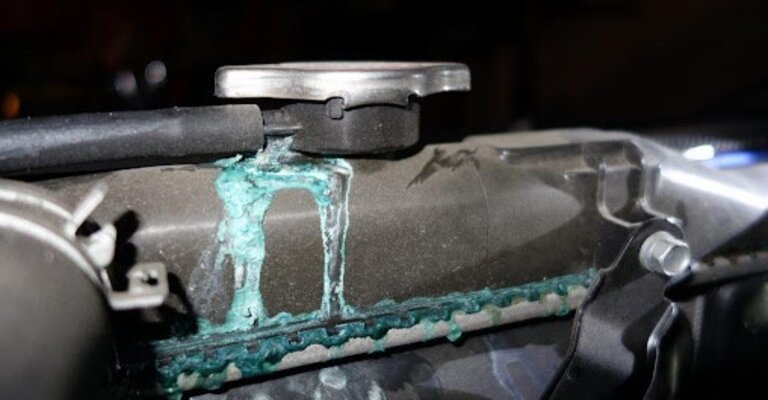
Track down the leak and repair it as soon as you can. If a pipe is damaged, replacing the hose is the most effective method to fix the leak. Radiator caps, reservoir tanks and hoses often wear out over time, so you need to replace them as needed.
A blown head gasket can be a serious problem if not fixed in time. However, this is a labour-intensive job so be prepared to spend some time replacing the seals. Check hose clamps for signs of coolant leaks and tighten them if you discover a problem.
Here Checkout the Fuel System Cleaning: Clean The System Quickly
Conclusion
Dealing with a coolant leak may seem like a daunting task, but if you can find and fix a leak in the early stages, chances are your car engine will run smoothly without any further issues. Coolant leaks are common, so don’t ignore them.
As always, use OEM spare parts that ensure you don’t void your warranty. Consult your vehicle manual for the specifications of the coolant to be used and keep an eye on your temperature gauge while driving. Identifying leaks and planning repairs will extend the life of your vehicle and give you hassle-free driving for several years.
Have a look at some more interesting articles on the Carorbis blog. Check out What Is Coolant And How Does It Work? and Learn how to change your engine coolant.
Frequently Asked Questions
Q1. How to Fix Coolant Leaks?
Ans. An easy way to fix a coolant leak is to add a radiator sealant in the coolant reservoir while the engine is running. Small cracks in the radiator tubes should seal up and prevent any further leaks. If this method doesn’t repair the leak, you must remove the radiator and check the whole cooling system.
Q2. What Are Coolant Leak Symptoms?
Ans. The first symptom is an overheating car engine (check the engine temperature gauge, it should be near the cool region). Leaking coolant will leave a sweet aroma outside the car after driving, this odour may permeate through the cabin as well. Check for puddles of coolant accumulating under a parked car. The coolant is usually green, orange, pink or blue in colour.
Q3. Why Does Coolant Leak Under the Car?
Ans. Coolant leaks can occur in the radiator pan gasket or at the drain plug. These are situated underneath the car and leaking coolant will accumulate below the engine when the vehicle is parked. Any leaks in the coolant pipes or engine block will drip down and end up as a puddle under the car.
Q4. Where Coolant Leaks Occur in a Car?
Ans. Common areas where coolant leaks from are the head gasket through the top of the engine block, radiator tubing and hoses which are corroded, coolant lines that circulate the anti-freeze around the engine and various gaskets and seals around the engine. The water pump may develop leaks out of broken casings.
Q5. Why Do Coolant Leaks Happen?
Ans. Most coolant leaks happen because of corrosion in the radiator. The metal tubes get rusted and develop leaks over time. Debris and sediment may also cause coolant leaks in the hoses, tubes and pipes that run anti-freeze around the engine block. Excessive heat can cause the seals and gaskets to wear out as well.
Q6. Why Does Coolant Leak Only When Ac is on?
Ans. The A/c should not cause a leak in the engine coolant as these two systems are separate. The A/c has its own refrigerant for cooling the car interior. However, switching on the A/c puts more load on the car engine which can cause small leaks in the coolant to become larger and more noticeable.
Q7. Why Does Coolant Leak Under Radiator?
Ans. The radiator has thin metal tubing that is susceptible to corrosion and rust. This may result in small leaks in the radiator. The drain plug, seals, tubing and hoses can get cracked and start leaking under the radiator. You will find the car engine overheats after short drives and driving will not be smooth.
Q8. What Happens if Coolant Leaks Into Engine?
Ans. If coolant gets into the combustion chamber, it will burn and emit white smoke, causing the spark plugs to malfunction. The engine may lose power or run in a rough condition. Coolant can also find its way into the engine oil and reduce the efficiency and lubricating functions of the oil.
Q9. Why is There Coolant Leak Under Car Passenger Side?
Ans. A leak under the passenger side of the car is due to leaking rubber hoses or because of a faulty heating control valve. The best way to find a leak in the cooling system is with a pressure test that forces leaks to surface in the pipes or hoses. The coolant hoses then need to be repaired or replaced.
Q10. What Are the Most Common Coolant Leaks?
Ans. The most common coolant leaks occur in the radiator and connecting pipes. Corrosion and rust are the main causes of radiator leaks, but debris and deteriorating coolant can also damage the rubber material. Sealing gaskets also have a tendency to leak once they are worn out.
Q11. Why is Coolant is Disappearing With No Leaks?
Ans. Sometimes the coolant level goes down without leaks because of a faulty reservoir cap that overflows without any signs of leaking. Another possibility is a worn-out head gasket that allows coolant to enter the engine and vaporise through the exhaust pipe.
Q12. Why Does Coolant Leak While Driving?
Ans. When the engine is running, coolant is under pressure and circulating through the system. This may cause leaks to become more apparent as the pressurised coolant escapes from cracks or holes in the tubing. Coolant will still leak when you are not driving, but at a very slow rate which you will not notice.
Q13. Why Does Coolant Leak When Heater is on?
Ans. When coolant leaks through the heater core, it is a sign that the level of coolant is low and that the engine may overheat while driving. It results in a sweet smell of coolant through the interior air vents. Check the HVAC system for a faulty heater core at a certified mechanic workshop to rule out any issues.
Q14. How Do Coolant Leaks Happen?
Ans. Coolant leaks can happen with a faulty radiator that is damaged due to corrosion or impact. The tubes may develop cracks or holes over time, through which coolant leaks. A blown head gasket also could cause coolant levels to go down. The water pump is also susceptible to coolant leaks if damaged.
Q15. Why Are Coolant Leaks Dangerous?
Ans. Once your engine runs out of sufficient coolant, the engine will overheat and could fail completely in a matter of minutes. Almost all engine components will be permanently damaged in an overheating engine. The repairs could be very costly.
Q16. Where to Check for Coolant Leaks?
Ans. Look for coolant leaks around the radiator, coolant hoses, pipes, drain plug, coolant reservoir and near the water pump. Use a torch to inspect the lines after a drive when there is a high chance of spotting leaks as they occur. Check the hose clamps for leaks and tighten with a screwdriver if you find any.
Q17. Does Coolant Leak in Cold Weather?
Ans. Cold weather can be a tricky time for radiators and coolant hoses. Low temperatures will cause the metal in radiators to contract and put a strain on the coolant pipes, hoses and clamps. There is a high chance of coolant leaking as the engine heats up, causing expansion in engine components.
Q18. Why Am I Losing Coolant With No Leaks, No Smoke?
Ans. There is most likely a head gasket that is worn out, causing coolant to mix in with engine oil or pass into the combustion chamber. Another possibility is a faulty radiator cap. Check the engine oil for traces of coolant or look in the exhaust fumes for signs of coolant burning.
Q19. Are Coolant Leaks Expensive to Fix?
Ans. No, coolant leak solutions are quick and cheap, you can expect it to cost around Rs.1000 + labour charges for a fix. It may cost a bit more or less depending on the severity of the leak and if other engine components are damaged.
Q20. Where is My Antifreeze Leaking From?
Ans. Likely places where anti-freeze leaks take place are in the radiator, coolant lines, head gasket and water pump.
